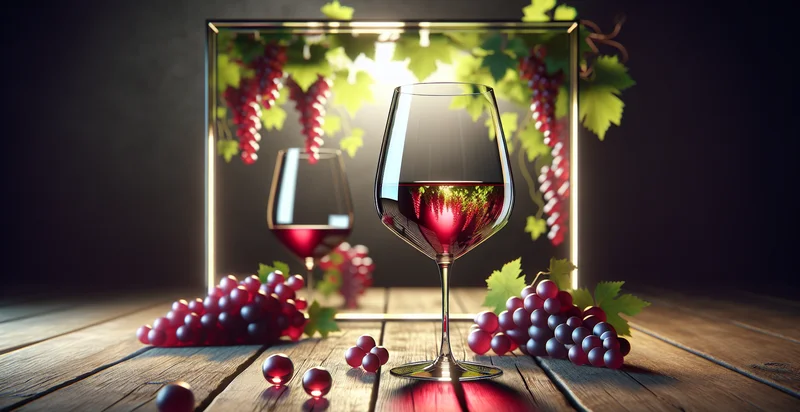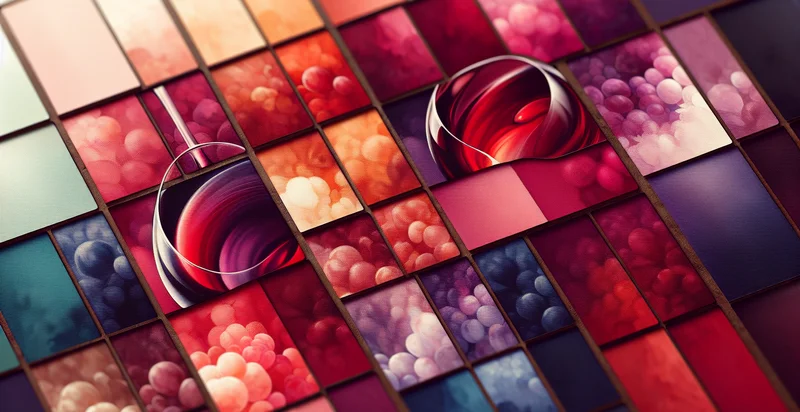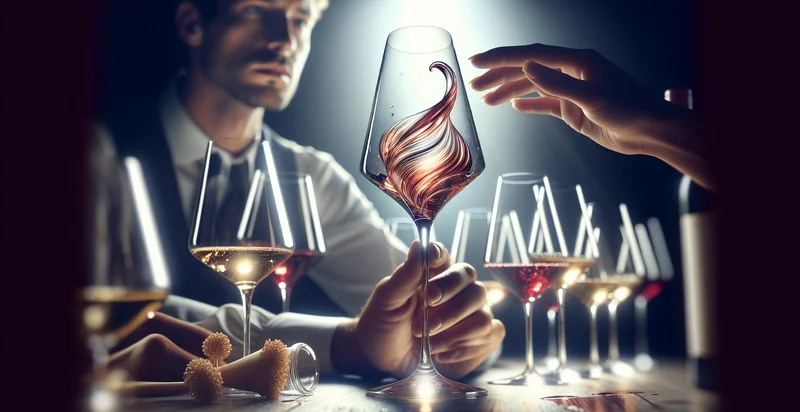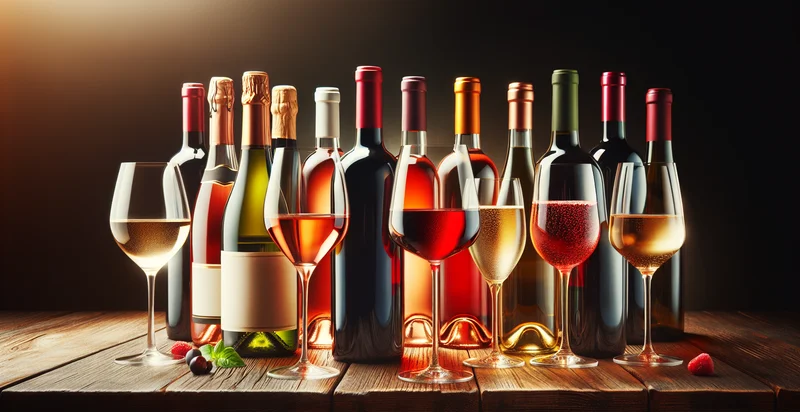Identify wine clarity
using AI
Below is a free classifier to identify wine clarity. Just upload your image, and our AI will predict the clarity level of the wine. - in just seconds.

Contact us for API access
Or, use Nyckel to build highly-accurate custom classifiers in just minutes. No PhD required.
Get started
import nyckel
credentials = nyckel.Credentials("YOUR_CLIENT_ID", "YOUR_CLIENT_SECRET")
nyckel.invoke("wine-clarity", "your_image_url", credentials)
fetch('https://www.nyckel.com/v1/functions/wine-clarity/invoke', {
method: 'POST',
headers: {
'Authorization': 'Bearer ' + 'YOUR_BEARER_TOKEN',
'Content-Type': 'application/json',
},
body: JSON.stringify(
{"data": "your_image_url"}
)
})
.then(response => response.json())
.then(data => console.log(data));
curl -X POST \
-H "Content-Type: application/json" \
-H "Authorization: Bearer YOUR_BEARER_TOKEN" \
-d '{"data": "your_image_url"}' \
https://www.nyckel.com/v1/functions/wine-clarity/invoke
How this classifier works
To start, upload your image. Our AI tool will then predict the clarity level of the wine..
This pretrained image model uses a Nyckel-created dataset and has 5 labels, including Brilliant, Clear, Cloudy, Hazy and Opaque.
We'll also show a confidence score (the higher the number, the more confident the AI model is around the clarity level of the wine.).
Whether you're just curious or building wine clarity detection into your application, we hope our classifier proves helpful.
Related Classifiers
Need to identify wine clarity at scale?
Get API or Zapier access to this classifier for free. It's perfect for:
- Quality Control in Wineries: The wine clarity identifier can be utilized as part of the quality control process in winemaking. By accurately assessing the clarity of wine images, wineries can ensure their products meet industry standards and maintain high quality, leading to increased customer satisfaction.
- Automated Wine Sorting: Wine producers can integrate this function into automated sorting systems to classify wines based on their clarity. This can streamline the production process by reducing manual inspection time and minimizing human error.
- Consumer Education and Marketing: Retailers can use the wine clarity identifier to provide consumers with visual classifications to educate them about different wine types. By showcasing clarity characteristics in marketing materials, they can enhance consumer knowledge and engagement.
- Research and Development: Researchers studying wine characteristics can employ the clarity identifier to analyze the relationship between wine clarity and various factors, like grape variety or fermentation methods. This data can guide innovation in winemaking practices.
- Fraud Detection: The clarity identifier can serve as a tool for identifying counterfeit wines. By comparing the clarity of wines with established benchmarks, retailers and collectors can detect inconsistencies that may indicate fraud.
- Inventory Management: Wineries can implement this function in inventory management systems to categorize and track wines based on clarity as a quality metric. Better tracking can provide insights into production trends and help manage stock more efficiently.
- Sensory Analysis Enhancement: By correlating visual clarity with sensory attributes such as aroma and taste, wine tasters and sommeliers can utilize the clarity identifier to enhance their evaluations. This can lead to more informed recommendations and an improved tasting experience for consumers.


